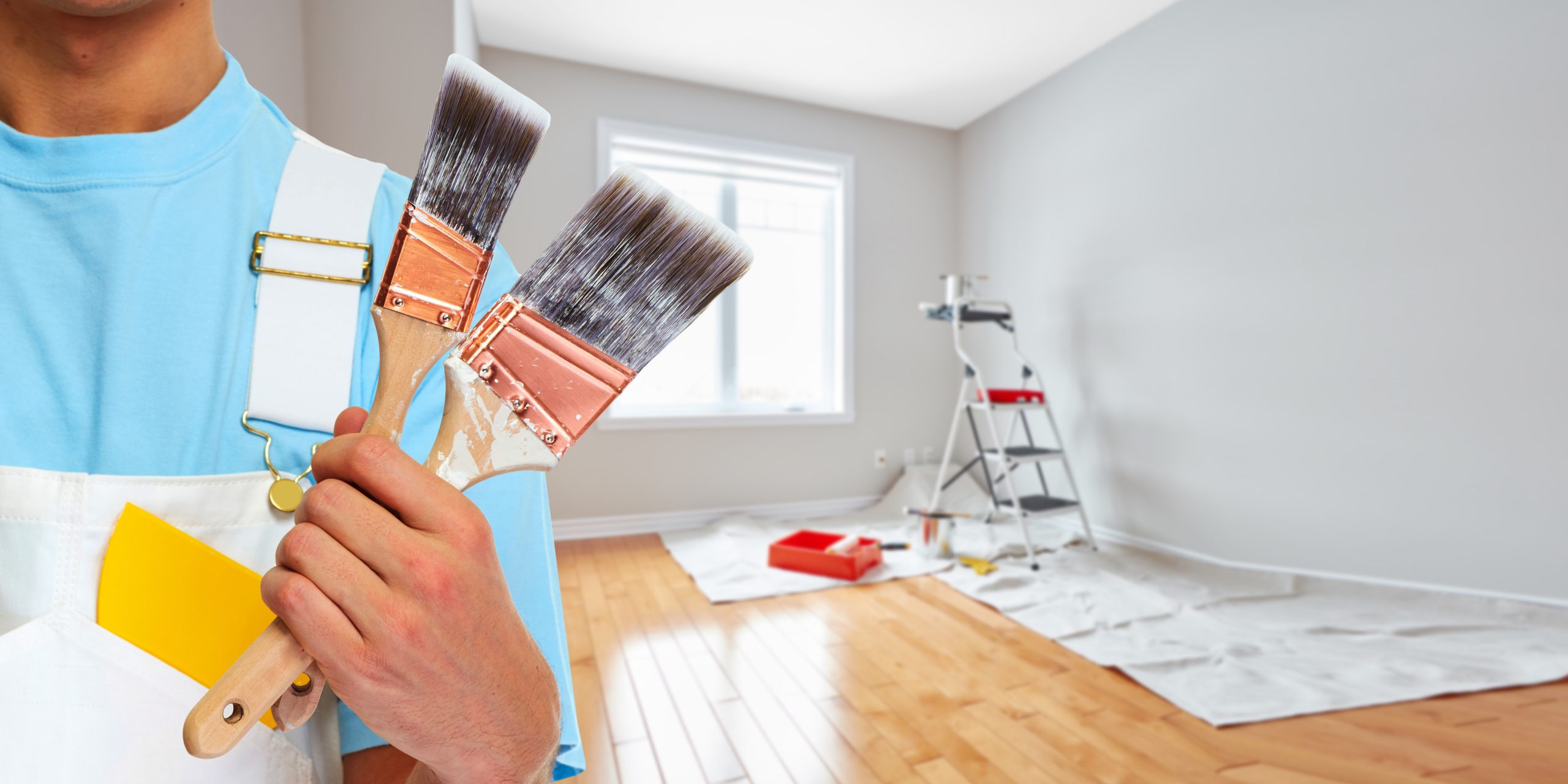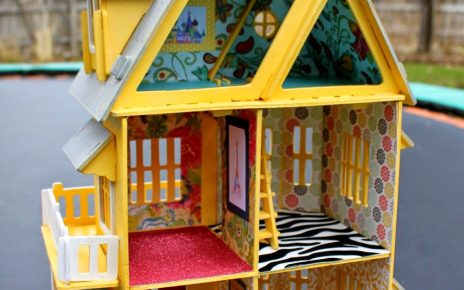Choosing the right color palette for your home is a pivotal aspect of interior design, especially when considering interior house painting. The colors you select for your walls can significantly influence your mood, energy levels, and even the perception of space. Whether you’re embarking on a full home makeover or just looking to refresh a room with interior house painting, the key to success is selecting a color scheme that resonates with your style and complements the architecture. In this guide, we’ll unravel the secrets behind creating a harmonious color palette for interior house painting that transforms your living space into a haven of beauty and comfort.
Understanding Your Style: A Personal Odyssey
The first step in choosing the perfect color palette for your home is understanding your style. Take a moment to reflect on the colors that resonate with you. Are you drawn to the serene blues of the ocean, the warm, earthy tones of nature, or the vibrant hues of a bustling cityscape? Identifying your preferences will guide you toward a palette that feels inherently yours.

Working with the Architecture: Embrace Your Space
Consider the architectural features of your home when selecting colors. The color palette should enhance the existing elements, such as flooring, trim, and fixtures. For instance, if you have a room with abundant natural light, you may opt for lighter shades to amplify the brightness. Conversely, rich and deep colors can create a sense of warmth and intimacy in cozier spaces.
Creating Flow Between Spaces: The Art of Transitions
Aim to create a sense of flow between different areas of your home for a cohesive look. This doesn’t mean every room needs a different color, but there should be a visual connection. Selecting a base color for common areas and introducing variations in adjacent spaces can establish a seamless transition, providing a unified feel throughout your home.
Balancing Bold and Neutral: The Yin and Yang
A well-balanced color palette often involves a combination of bold and neutral tones. While bold colors can inject personality and drama, neutrals create a timeless backdrop. Striking a balance between the two ensures your space remains visually engaging without feeling overwhelming. Experiment with accent walls or furniture in bolder shades while keeping the overall backdrop neutral.
Testing Before Committing: Swatch It Out
Never underestimate the power of paint swatches. Before committing to a color, test it on a small section of your wall. It is crucial to observe how the color looks in different lighting conditions and how it interacts with your existing furnishings. This simple step can prevent disappointments and ensure the final result aligns with your vision.
Inspiration from Nature: Mother Earth’s Palette
Nature provides an endless source of inspiration for color palettes. Whether it’s the calming greens of a forest, the warm tones of a sandy beach, or the vibrant hues of a blooming garden, drawing inspiration from nature can create a palette that brings a sense of tranquility and connection to the outdoors.
Considering Trends with Caution: Timeless vs. Trendy
While it’s tempting to incorporate the latest trends into your home, be cautious not to sacrifice timelessness for momentary fashion. Opt for timeless colors as the foundation and incorporate trendy shades through accessories or easily replaceable items. This way, your home remains stylish without requiring a complete overhaul with every passing trend.
Consulting with Professionals: Expert Insight Matters
If you find yourself overwhelmed or uncertain, feel free to seek the advice of a professional. Interior designers have the knowledge and experience to guide you through color selection. They can offer insights into the latest trends, suggest complementary color combinations, and ensure your vision aligns with practical considerations.

In conclusion, choosing the perfect color palette for your home involves balancing personal preferences, architectural elements, and the desired atmosphere. Take the time to explore and experiment with different options, considering the importance of harmony and cohesion throughout your living space. By following these guidelines, you’ll be well on your way to creating a home that looks beautiful and feels uniquely yours.




